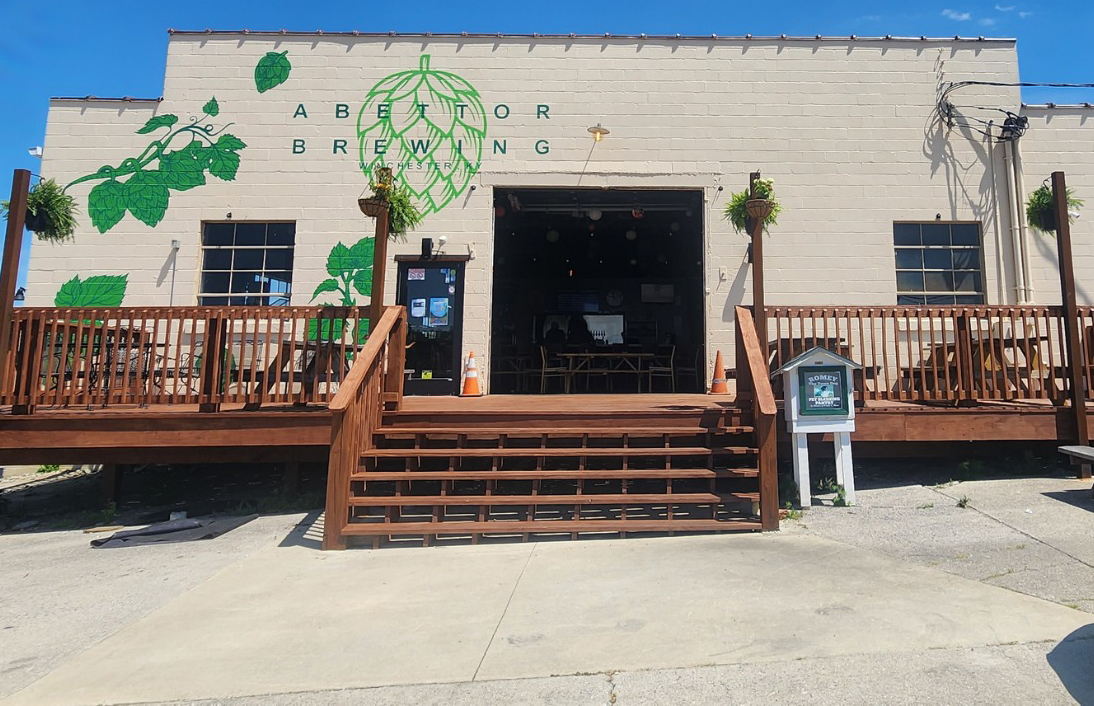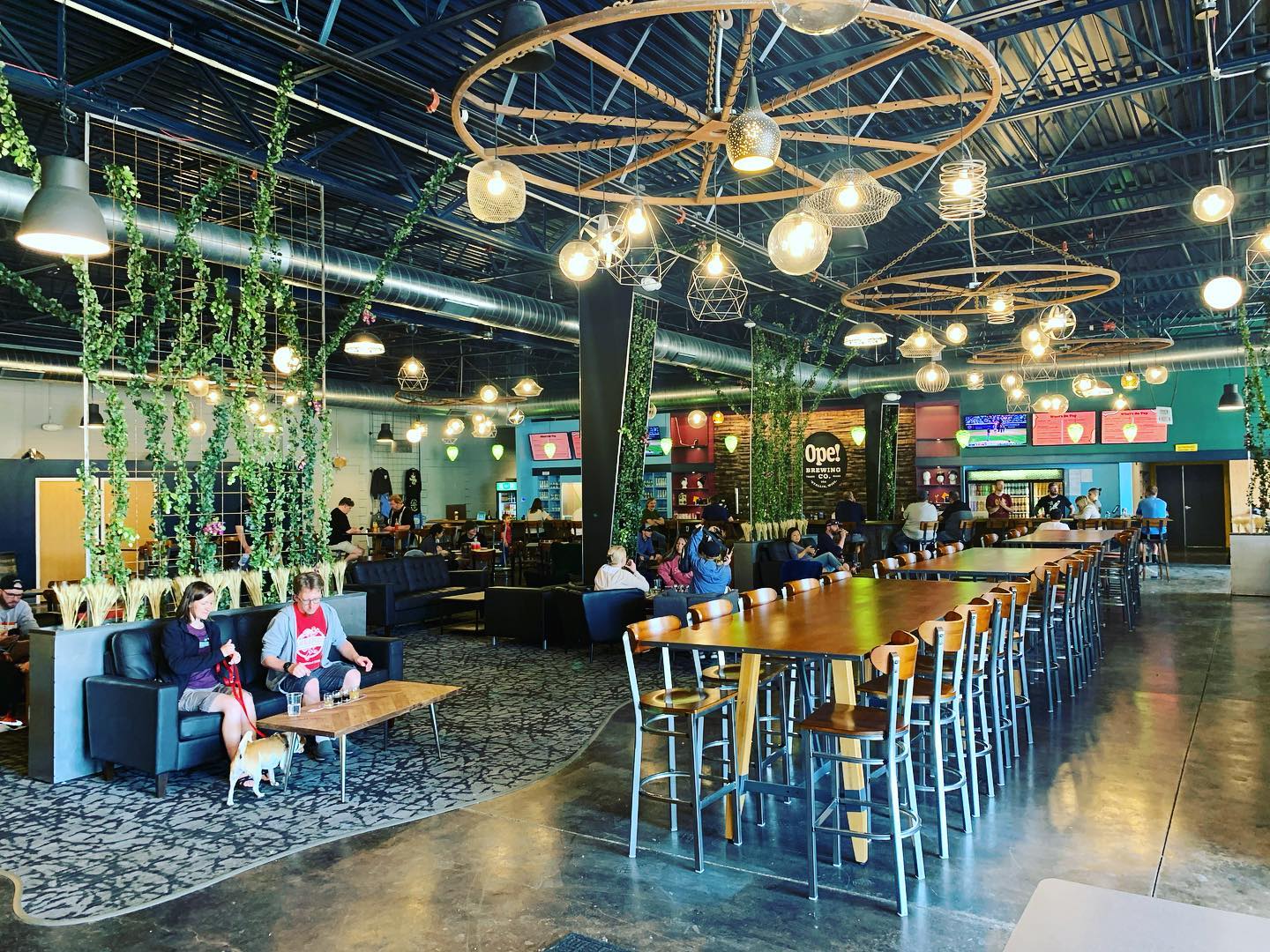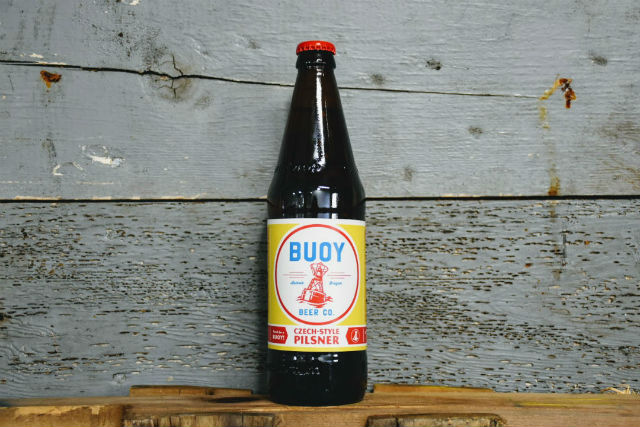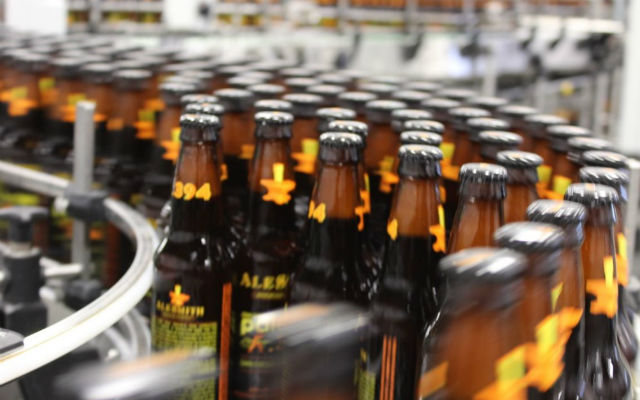
Test Kitchen is an ongoing print column and online blog by the Publisher of Brewer Magazine and Test Kitchen Owner, Tyler Montgomery. With a 1.5-barrel brewhouse launched in 2019 that expanded into a 10-barrel facility in 2021, this is his experience and notes from the journey along with reviews of products and services.
When Abettor Brewing Company (dba Brewer Magazine Test Kitchen) was launched in 2019 it had been a long-time coming.
The industry was in full swing in Kentucky with new breweries opening just about every other month — the vast majority in metropolitan cities such as Louisville, Lexington, and Newport Kentucky (immediately across the Ohio River from Cincinnati).
Our launch was slightly different, but we still weren’t even the first in our area. Several years prior we’d had another brewery open in Paris — that’s the Kentucky version and not France, of course. Paris is much smaller than our town of Winchester but in my mind, it was a movement.
The future of craft if you will.
Through Brewer Magazine we’d watched craft evolve in some unique ways. While mass distribution hadn’t come to a complete halt — and it still hasn’t — we were beginning to see a focus on hyper-local craft breweries.
Even in 2015, four years before Abettor, I wouldn’t have fathomed opening a brewery in a small town. My contention would be the need for a mass audience that you could find in a neighborhood of much larger towns.
When I went to Anderson Valley Brewing in late 2018 I witnessed the uniqueness of small markets. Although Anderson Valley doesn’t rely solely on its direct market, it’s still a surprise of its location in Northern California — Booneville, California had a population of 1,018 in the 2020 census.
The number of bankers and other business leaders that told me to look into bigger cities and not Winchester were numerous. But I’m from here and it was my dream to do something different for a city that continuously attracted the same entertainment elements.
Since our opening, we’ve witnessed numerous breweries opening in smaller markets throughout Kentucky as well as the rest of the US.
If you’ve previously followed this column — which I took a break from for a bit — you know we launched with a barrel-and-a-half system. This is where I’ll tell you that was a bad idea. It was absolutely too small.
We opened to rave reviews from our local community and blew through all of our beer in the first two days. We had five of our own beers on and 15 other craft guest taps.
The five of our beers made us a whopping $9,300 gross. If that could be consistent you’d see an annualization of $223,200 gross — which would not happen.
As a decent business owner, I ensured that our overhead was low, but even so, it was not enough recurring cash based on output. Additionally, we would harvest — per batch — two half barrels and two sixtels.
That’s just not enough beer!
The small market works well! However, you need to do multiple things:
- Focus on Social Media! It’s relatively free or cheap and should be engaged at the very beginning of the project. Tell your story from Day One and use it as a blog. Take photos and videos of anything even if you feel it’s silly to you.
- Don’t Start Too Small. It’s just an opinion but in retrospect a 3-3.5 barrel system or larger is ideal. You don’t have to have mass distribution but just picking up some taps here and there can go a long way to immediate cash flow.
- Keep Overhead Low. You’re going to run into the business flux just as any small-town business does. You need to be able to weather those storms — and I don’t mean COVID, that’s for another story. Keep your cost down and work the business personally as much as possible in the first six months. Save your money and continually reinvest.
It’s my belief that the small market is completely opportunistic. You can go as big or as small as you want, but you need to realize what’s around you. You’re going to have to build a craft culture and your small town will be extremely critical from Day One. I recommend not reading reviews, but that’s your call. Learn from your regular customers, listen to their feedback, and keep evolving.
The hyper-local bug isn’t a trend, in my opinion, but the future of craft beer in America. Additionally, there are still so many towns that don’t have a brewery that want one. Remove the idea of becoming a billionaire from making beer and focus on building something unique for your city as well as a fun career.




Be the first to comment